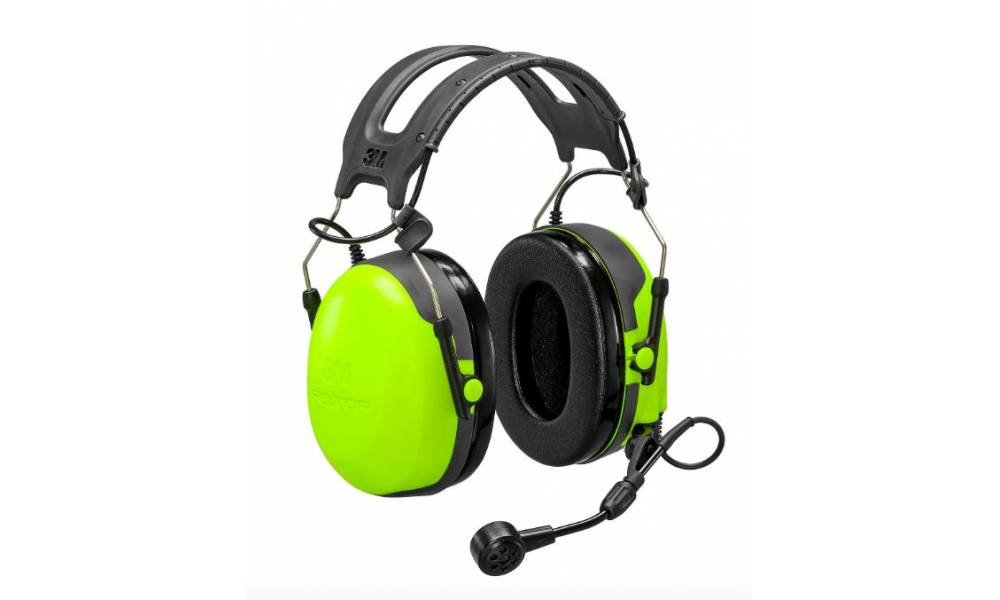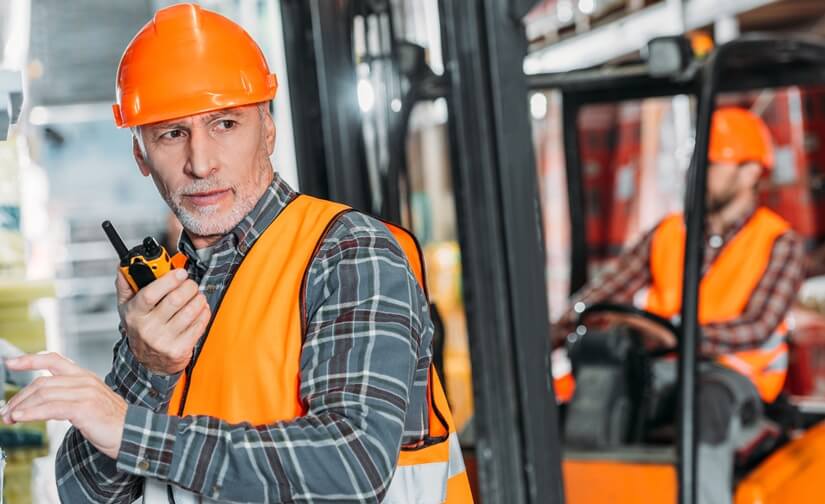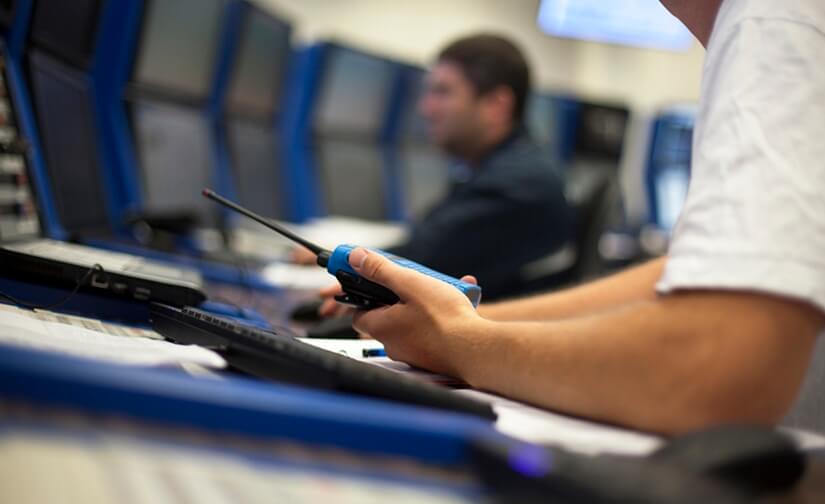Managing health and safety in the workplace is a critical task that needs to be assessed on an ongoing basis. This is particularly essential in working environments that are known to have a high element of danger.
Construction is a prime example of a dangerous industry. During 2019, there were 46 deaths on construction sites in Ireland. This is a scary statistic, and anything that can act to reduce this number has got to be considered an essential part of any health and safety policy.
Walkie-talkies can do just this. As an inexpensive and simple to deploy solution, walkie-talkies are the perfect tool to increase safety. Not just in the construction sector but in a whole host of working environments.
What types of workplaces can improve safety with two-way radios?
It is hard to envisage any type of business that couldn’t enhance their safety by deploying walkie-talkies as a communication tool. But walkie-talkies are most effective for safety reasons in situations where communication at a distance is frequently required.
Amongst the types of business that will benefit most from walkie-talkies as a safety tool are:
- Construction – As noted above, construction sites are amongst the most dangerous workplaces.
- Shipping – Large vessels need efficient and instant communication to ensure the ongoing safety of crew members and the ship.
- Security – Security personnel require ongoing, reliable, and clear communication to maintain the security and safety of themselves and others, two-way radios provide this.
- Agriculture and forestry – The great outdoors is a wonderful place to work, but is also full of inherent dangers, walkie-talkies are essential, particularly for remote solo workers.
These are just a few of the industries that can benefit from the use of walkie-talkies as a safety tool.
The rest of this guide will concentrate on the construction industry when discussing how walkie-talkies can be deployed to increase safety, but the points made are salient across most of the industry types noted and many others besides.
How walkie-talkies improve safety in the workplace
Walkie-talkies are an incredibly versatile tool that brings many benefits to the workplace, including increased productivity, reduced costs, and of course, enhanced safety.
Many of the safety benefits that two-way radios provide are simply as a result of them being such an effective communications tool. This then seems a good place to start when considering safety in the workplace.
Keeping workers in the loop
Construction sites are an ever-changing environment, and work teams and lone workers need to be kept abreast of changes as and when they occur. Walkie-talkies are by far the best option to ensure that across construction sites, all workers are continually aware of the status of tasks and can be instantly warned of any potential dangers as they happen.
Broken machinery, spillages, fire hazards can all jeopardize worker safety, and having an efficient communication channel means that everyone is instantly aware of any dangerous situations that arise.
Relaying information as quickly as possible is critical, and this is where two-way radios are the standout option. When compared to alternatives like mobile phones, walkie-talkies are the better option for many reasons; the main ones are described below:
- Crystal Clear Communications – Walkie-talkies offer instant and clear communication, compare this to mobile phones that will often struggle to be heard over the cacophony of the site.
- One-to-many communication – Although this is possible with mobile devices, usually an app will need to be installed across all phones, walkie-talkies offer this out of the box!
- Robust – Unlike smartphones which are easily damaged, particularly in the harsh environment of the workplace, walkie-talkies are designed to withstand these rigours. This is essential where reliability is one of the key safety factors.
- Real-time communications – No need to hunt through contacts and then dial to communicate, therefore wasting valuable time, simply press the broadcast button and you have instant communication.
- Work anywhere at any time – Mobile phones require a reliable signal or wifi network to work. Walkie-talkies will work over long distances without any third-party service required.
Built-in safety features
As noted above, walkie-talkies used in day-to-day operations already bring an enhanced level of safety to the workplace. But, the safety features that walkie-talkies have integrated into their design add a new level of safety to the workplace.
Amongst the safety features that many walkie-talkies have as standard are:
- Lone Worker Feature – As the name suggests, this is a function that is designed to increase the safety of lone workers. It is a simple function that requires personnel working alone to key the mic button at pre-set time intervals to acknowledge they are safe.
If the worker fails to press the button when required, then an alarm is broadcast to other radios alerting them to the fact that the lone worker is not responding.
- Man down function – This is a feature that uses a sensor in the radio to detect unusual movement that could be as a result of a worker falling. If such a movement is detected, the radio will first sound a warning on the handset that tells the worker such a movement has been detected. If the worker fails to cancel the alert, then an alarm is broadcast to all the other radios.
- Emergency button – Finally, there is an emergency button that can be manually depressed when a worker is in a dangerous situation and requires assistance.
Choosing a walkie-talkie for the workplace
Where safety is concerned, then several factors should be considered essential when making a choice.
These include crystal-clear communications, built-in safety features, ease of use, rugged construction, and group call availability.
A good example of a walkie-talkie that ticks all the right boxes is the Motorola DP1400 Digital Portable Two Way Radio. Motorola is renowned as an industry leader, and this model incorporates all the features and performance required to provide an additional layer of security in the workplace.
Conclusion
As a cost-effective and simple to deploy solution that increases safety in the workplace and brings a host of other benefits too, it is hard to beat two-way radios.
Robust enough to stand up to the rigours of the workplace and simple enough that little or no training is required, walkie-talkies should be an essential part of any health and safety policy.
At Lynn Communications, our expert team can help you to choose the perfect radios for your working environment. Why not contact us today and find out how our radios can make your workplace so much safer.





